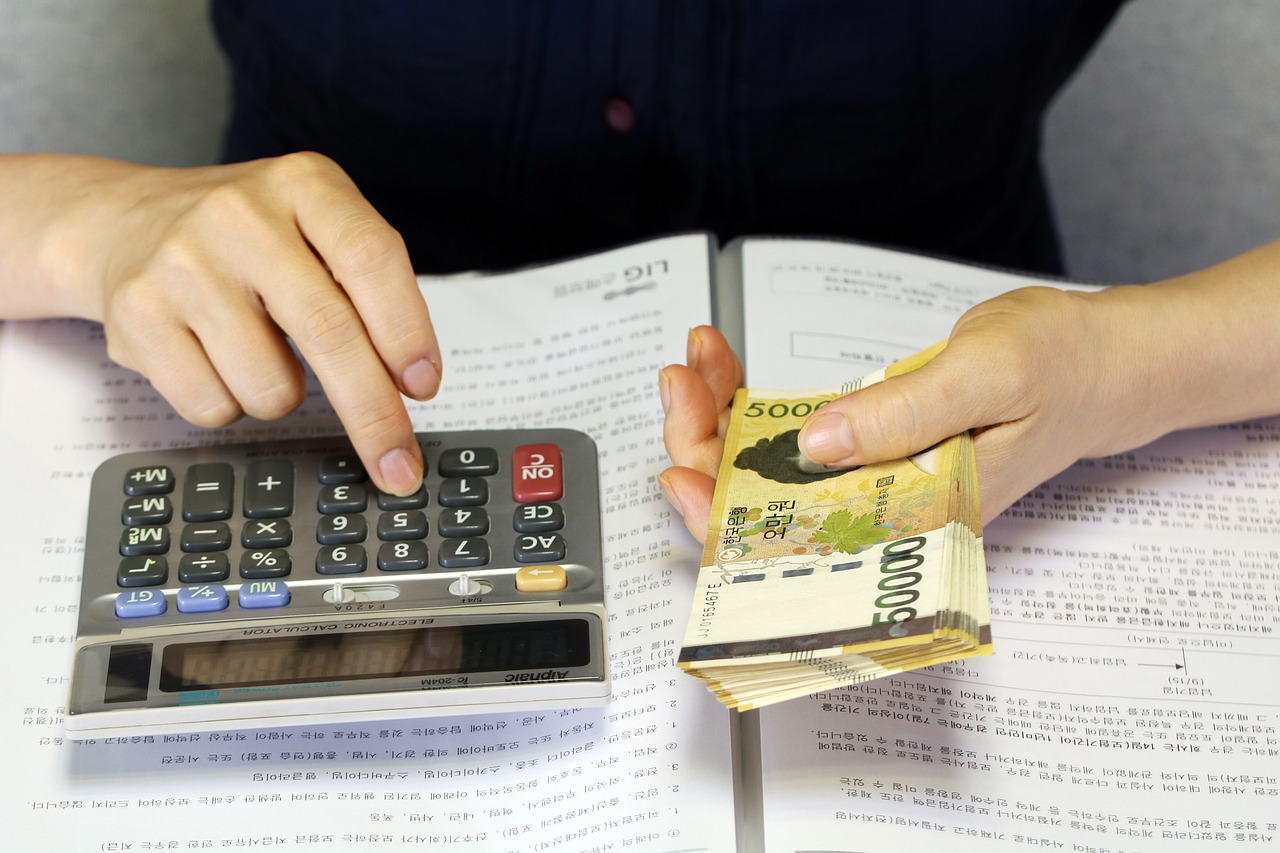Peso to Dollar Exchange Rate 2025: Factors, Forecast, History, and Conversion Guide
GPT_Global - 2025-10-27 09:00:36.0 57
What factors influence the peso’s exchange rate against the US dollar?
Understanding the factors that influence the peso's exchange rate against the US dollar is crucial for remittance businesses. These fluctuations can directly impact the amount of money sent to or received from abroad. Several elements contribute to these changes in value.
One of the main factors is inflation. When inflation in the Philippines is higher than in the US, the peso's value tends to weaken. This can lead to a lower exchange rate, meaning recipients will receive less money in peso terms.
Another important factor is interest rates. Higher interest rates in the Philippines can attract foreign investments, increasing demand for the peso and strengthening its exchange rate. Conversely, lower interest rates can lead to a weaker peso.
Global economic conditions also play a role. If the US economy is strong, it can lead to a stronger dollar, thereby affecting the exchange rate. Additionally, political stability, trade balances, and foreign reserves all influence the peso's value.
For remittance businesses, understanding these factors can help offer better services to customers. Accurate exchange rate predictions enable them to optimize transfer fees and ensure more competitive rates for remittance recipients.

How do central bank policies affect the peso-to-dollar conversion rate?
Central bank policies play a crucial role in shaping the peso-to-dollar conversion rate, which is of particular importance for businesses in the remittance sector. These policies, including interest rates, inflation control, and currency interventions, directly influence the exchange rate between the Philippine Peso (PHP) and the US Dollar (USD).
When the central bank raises interest rates, it often strengthens the local currency as investors seek higher returns. This can lead to a stronger peso, making remittances more valuable for recipients in the Philippines. Conversely, when the central bank lowers rates to stimulate the economy, the peso may weaken, increasing the cost of remittances sent from abroad.
Additionally, central banks may engage in foreign exchange interventions, buying or selling currencies to stabilize the exchange rate. These actions can impact the peso-to-dollar conversion rate, affecting how much remittance senders pay and how much recipients receive. Understanding these central bank policies can help individuals and businesses navigate the fluctuations in exchange rates and optimize their remittance transactions.
Is the peso expected to strengthen or weaken against the dollar in 2025?
The Philippine peso’s performance against the U.S. dollar in 2025 is a key concern for overseas Filipino workers (OFWs) and remittance businesses. Economic analysts expect moderate volatility, with the peso possibly weakening due to global inflation pressures and higher U.S. interest rates. A weaker peso, however, can benefit OFWs sending money home, as their dollars convert to more pesos, increasing the value of remittances received by families in the Philippines.
On the other hand, if the peso strengthens because of stable local growth, improved exports, or reduced inflation, remittance receivers might get slightly less value per dollar. Still, a strong peso can signal a healthier economy, which benefits long-term investments and financial stability.
For remittance companies, monitoring exchange rate trends in 2025 is vital. Offering competitive rates and fast, secure transfers helps attract more customers regardless of peso fluctuations. Whether the peso strengthens or weakens, providing reliable remittance services ensures Filipinos abroad can support their families efficiently and maximize the value of every dollar sent home.
What is the historical high and low of 1 peso to the US dollar?
The exchange rate between the Philippine peso (PHP) and the US dollar (USD) has seen significant fluctuations throughout history, reflecting changes in the global economy and the Philippines’ financial landscape. Understanding these highs and lows can help overseas Filipino workers (OFWs) make smarter remittance decisions when sending money home.
Historically, the peso reached its strongest point at around ₱2 to $1 in the 1940s, when the Philippine economy was closely tied to the United States. However, over the decades, factors such as inflation, political instability, and external debt caused the peso to weaken. The all-time low came in October 2022, when it hit approximately ₱59 to $1 due to global inflation and rising US interest rates.
For those working abroad, monitoring the peso-dollar exchange rate is crucial. Sending remittances when the peso is weaker allows recipients in the Philippines to receive more value in pesos. Partnering with a trusted remittance service ensures competitive rates and lower fees, helping you maximize the benefits of every dollar sent. Stay informed about currency trends to make the most of your hard-earned money.
How can I convert 1 peso to dollar manually without an online tool?
When sending remittances across borders, one of the most common questions is how to convert 1 peso to a dollar manually without using an online tool. The exchange rate between the peso and dollar fluctuates regularly, but you can easily calculate the conversion with basic math and the current exchange rate.
First, you need to find the current exchange rate between the peso and the dollar. You can find this rate through financial news sources or official banks. Once you know the rate, it’s a simple division process. For example, if the current rate is 1 USD = 50 PHP, then you can divide 1 peso by the exchange rate: 1 PHP ÷ 50 = 0.02 USD. This means 1 peso is equivalent to 0.02 dollars.
For businesses involved in remittance services, keeping track of exchange rates is crucial. You may also want to keep an eye on market trends, as rates can shift due to economic factors. Whether sending money home or conducting a business transaction, understanding manual conversion is essential for transparency and accuracy in your dealings.
About Panda Remit
Panda Remit is committed to providing global users with more convenient, safe, reliable, and affordable online cross-border remittance services。
International remittance services from more than 30 countries/regions around the world are now available: including Japan, Hong Kong, Europe, the United States, Australia, and other markets, and are recognized and trusted by millions of users around the world.
Visit Panda Remit Official Website or Download PandaRemit App, to learn more about remittance info.


